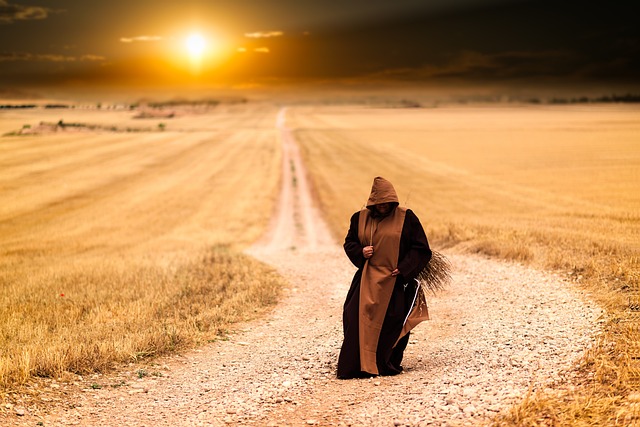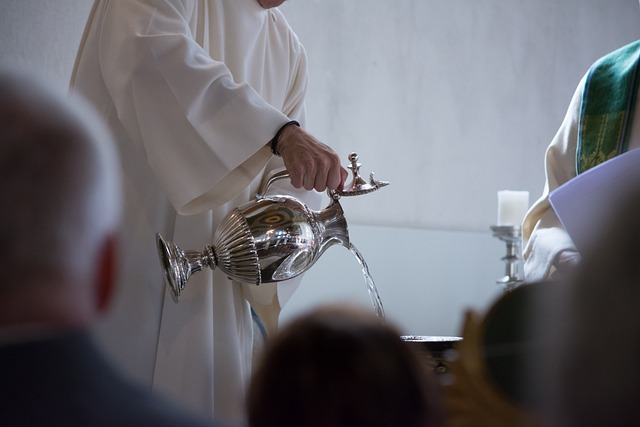The Sacred Icons: Exploring the Significance in Religious Rituals
Throughout history, icons have served as powerful symbols within various religious traditions, transcending mere artistic expression to become vital components of spiritual practice. These sacred images, often meticulously crafted and imbued with deep meaning, play a crucial role in enriching the rituals that connect believers to their faith.
The word icon” comes from the Greek “eikon,” which means “image” or “likeness.” In religious contexts, icons are more than just representations; they are gateways to the divine. They evoke a sense of holiness and serve as reminders of the sacred realities that lie beyond our physical world. Whether it’s the grim visage of a saint or the serene expression of a deity, each icon tells a story and invites worshippers to engage more fully with their beliefs.
In many traditions, icons are incorporated into rituals, which are structured activities designed to convey spiritual truths and foster a deeper connection with the divine. For example, in the Eastern Orthodox Church, icons are venerated during the Divine Liturgy and other ceremonies. The act of bowing before an icon or lighting a candle in front of it becomes an intimate act of prayer, allowing the faithful to experience a sense of communion with the holy figures depicted.
Similarly, in Hinduism, icons or murtis represent deities and form the focal point for various rituals, such as puja. Devotees offer flowers, food, and prayers to these murtis, believing that their offerings facilitate a direct connection to the divine presence embodied within the image. This interaction transforms the mundane into the sacred, bridging the gap between everyday life and transcendent reality.
The significance of icons in rituals also extends to the psychological and emotional dimensions of faith. For many believers, the presence of an icon can evoke feelings of comfort, peace, and inspiration. Icons can serve as a visual anchor, helping individuals to concentrate and deepen their understanding of spiritual mysteries. They act as tangible reminders of faith, reinforcing beliefs and providing solace during personal trials.
Yet, the role of icons in rituals isn’t without controversy. Some religious traditions, particularly within Protestantism, have historically rejected the use of icons, viewing them as potential distractions or deviations from pure worship. This tension highlights the complex relationship between religious expression and iconography, raising questions about the nature of faith and the ways in which humans seek to understand the divine.
As we explore these sacred icons, it is essential to recognize their multifaceted significance. They are not just artistic creations; they are profound elements of religious life that embody the beliefs, values, and experiences of communities around the world. Through rituals enriched by these sacred images, believers find a means to navigate the complexities of life and cultivate a deeper relationship with the divine.
In essence, icons transcend their physical forms to become vessels of connection, healing, and faith. They remind us that rituals, whether grand or subtle, hold the power to illuminate the transcendent and inspire the human spirit in its quest for meaning.



